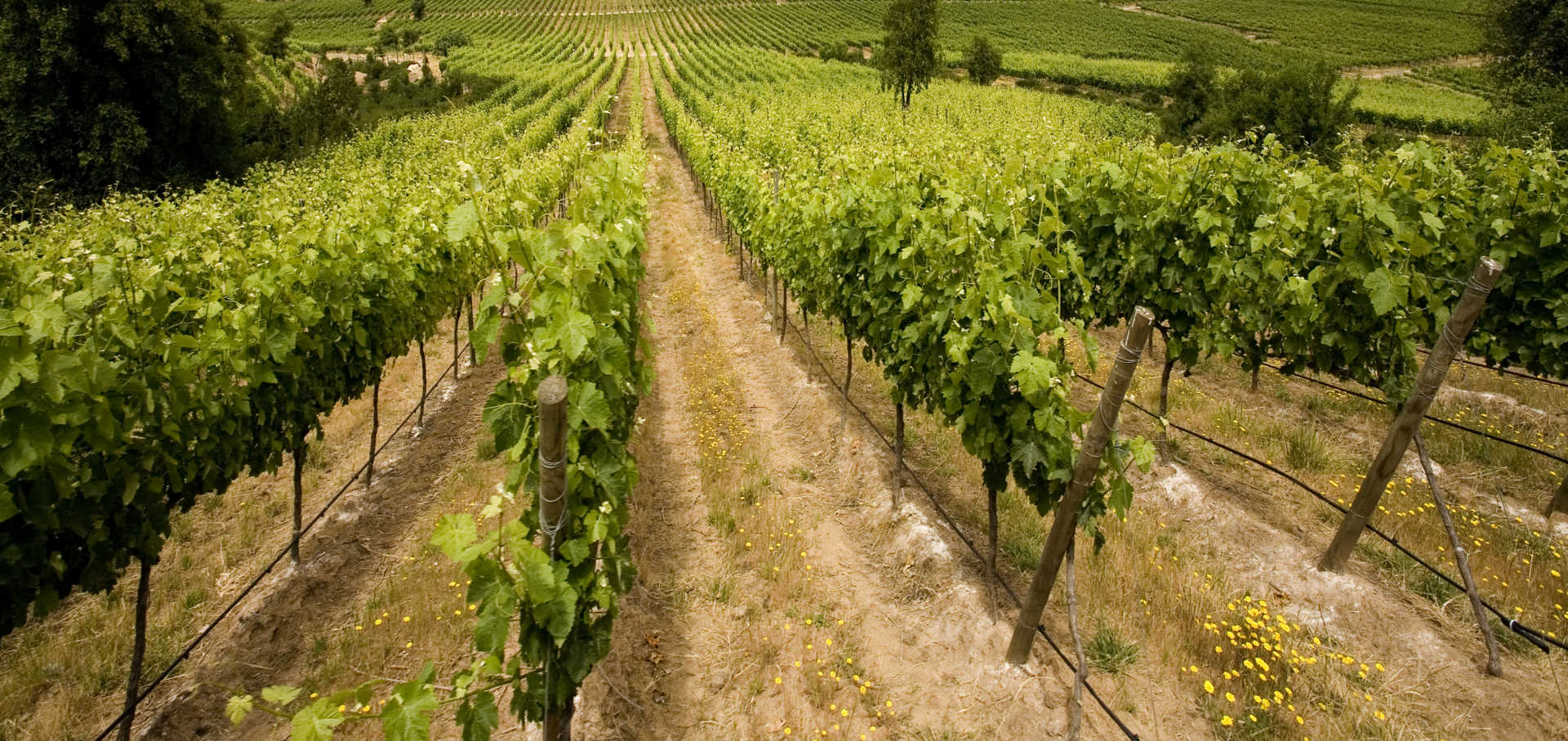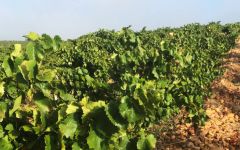Chateau Pegau Cotes du Rhone Villages Cuvee Setier 2013



Product Details
Your Rating
Somm Note
Winemaker Notes
Other Vintages
2016-
Jeb
Dunnuck -
Robert
Parker -
Wine
Spectator
-
Wilfred
Wong -
Robert
Parker




Paul was one of four children. Feeling that was too many he decided to have one child, and hit the jackpot with brilliant daughter Laurence. Paul spent the first half of his career cultivating his 17 acres of Chateauneuf-du-Pape. 90% of the production was sold in bulk to top Negociants; the remaining 10% was bottled as Cuvee Reservee, thus the origin of the name for the basic Chateauneuf.
In 1987 Laurence joined her father and created the Domaine du Pegau. Born to grow wine, she took courses in both viticulture and the beverage alcohol business. She sold wine in Paris, but wanted to come home. Excellent at both winegrowing and business, it took her but five years to build bottle sales from 10 to 100% of production! Since then, her purchases have expanded the vineyards in Chateauneuf to 42+ acres.
Laurence does not have a single arrogant or snobbish molecule in her body, but she is restless and ambitious. In 2012 a large property called Domaine de la Jouve came up for sale. Four miles from Pegau, it is on the banks of the Rhone in the town of Sorgues. It consists of 148 acres and a large rundown Chateau of 10,000 square feet. The ~101 acres of vineyards include 62 of Cotes du Rhone Villages and 12 of Cotes du Rhone, with the balance Vin de Table. Laurence bought it and rechristened it Chateau Pegau.

With bold fruit flavors and accents of sweet spice, Grenache, Syrah and Mourvèdre form the base of the classic Rhône Red Blend, while Carignan, Cinsault and Counoise often come in to play. Though they originated from France’s southern Rhône Valley, with some creative interpretation, Rhône blends have also become popular in other countries. Somm Secret—Putting their own local spin on the Rhône Red Blend, those from Priorat often include Merlot and Cabernet Sauvignon. In California, it is not uncommon to see Petite Sirah make an appearance.

An appellation full of some of the most delightful and particularly charming reds, Côtes du Rhône Villages includes the best villages of the greater Côtes du Rhône appellation. The possibility for an appellation promotion exists for every named village but each has to achieve and prove superior quality before an upgrade will be granted. The main ones today are Gigondas, Vacqueyras, Beaumes-de-Venise, Vinsobres, Rasteau and Cairanne.
The Gigondas appellation, while sometimes producing wines with a touch of rusticity, can often rival Chateauneuf-du-Pape. Its elevations are higher and soils richer in limestone. Vacqueyras reds are more concentrated than the more general Côtes du Rhône reds and must be at least one half comprised of Grenache by law. Beaumes de Venise also includes some excellent higher elevation spots for making snappy, fruity and spicy reds but historically the appellation’s esteem came from its fragrant, sweet and golden Muscat de Beaumes-de-Venise.
